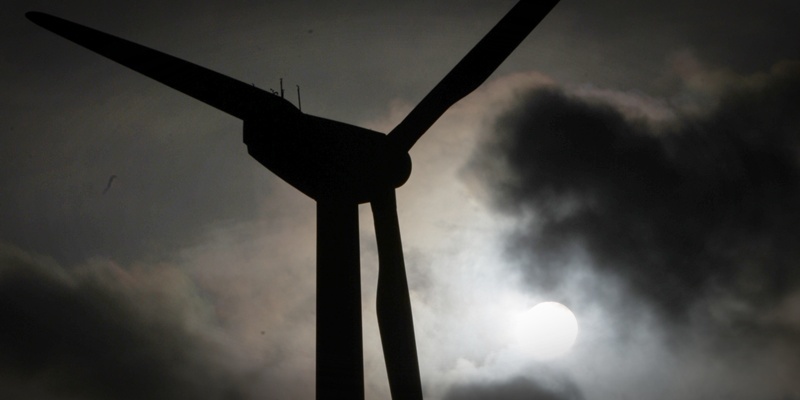A huge swathe of South Angus from Arbroath to Tealing looks set to be affected by the installation of one of the highest capacity underground cables ever to be installed in Scotland.
Landowners, farmers and householders along the route will be affected as works progress over the next two or three years.
The Onshore Export Cable Route – as it is formally known – is only part of what will be Europe”s biggest offshore wind farm.
It is to stretch from off Montrose in the north down to nearly North Berwick in the south and the nearest wind turbines will be more than 20 miles from the shore.
The scale of the project, to be carried out by Seagreen Wind Energy is vast, with the seven distinct wind farms capable of generating 3500 megawatts.
To put that in context, it would equal the output from 3000 of the largest existing on-shore turbines. Only the output from the most northerly of the wind farms, Alpha and Bravo, will be brought ashore in Angus but even then it will involve some massive civil works.
The landfall for the cable has not yet been finalised but the most likely spot is likely to be just to the west of Elliot on the outskirts of Arbroath.
There are alternative land falls at East Haven and just to the West of Carnoustie. One thing that is not in doubt is the destination. Scottish and Southern Energy”s giant sub station at Tealing is one of very few east coast installations capable of coping with such a massive inflow of power.
Even at that it will have to be developed considerably to convert the direct current from the wind turbines into an alternating current suitable for use in the national grid.
The power from the other five wind farms in the Firth of Forth field will likely be brought ashore at Torness in East Lothian. But for residents, landowners and commuters along the cable route the technicalities will be of far less importance than the disruption involved and the restrictions on future land use over the next 100 years.
It has been suggested that development of any kind on 500 metres either side of the cable could be prohibited or at least restricted.
The cable,or more accurately cables – because there could be four or even eight in total – will be housed in twin trenches a few metres apart. The cables will be laid in deep sand with the top soil then restored.
This is of major concern to the 40 farmers along the route, with the long term effects unknown in terms of drainage or crop loss. Whichever route is chosen the cable will pass through some of the best farmland in Scotland including some of best and most productive Class 1 soils.
The proposed routes are shown as hugging the A92 as it heads westwards then striking north at either Ardestie or Balmossie before heading north west to Tealing. Whichever route is chosen the Dundee to Arbroath rail line, the A92 dual carriageway and the A90 will all have to be crossed not to mention a host of minor rural routes. Golf courses could also be affected with the route from the Carnoustie landfall crossing Panmure Golf Club and the Elliot route affecting Arbroath Golf Club.
There is already disquiet amongst farmers and landowners along the route over the type of agreement sought. Normally water or electricity lines are agreed by means of a wayleave but in this case Seagreen, which is a joint venture between Scottish and Southern Energy Renewables and Fluor Ltd are seeking to lease the land through which the cables will pass for 50 years with an option to extend this to 100 years.
This may only be a nine metre wide strip but it could be enough to cause serious legal problems in the future as surrounding land is sold or rented.
The reason for leases being offered is that once constructed Seagreen Alpha and Bravo are legally required to be owned by a different company not connected to Seagreen and as yet unknown.
This only adds to the general uncertainty. But one thing is for sure – although the cables will eventually be underground the construction of such a major piece of infrastructure through the Angus countryside will be very visible indeed.
